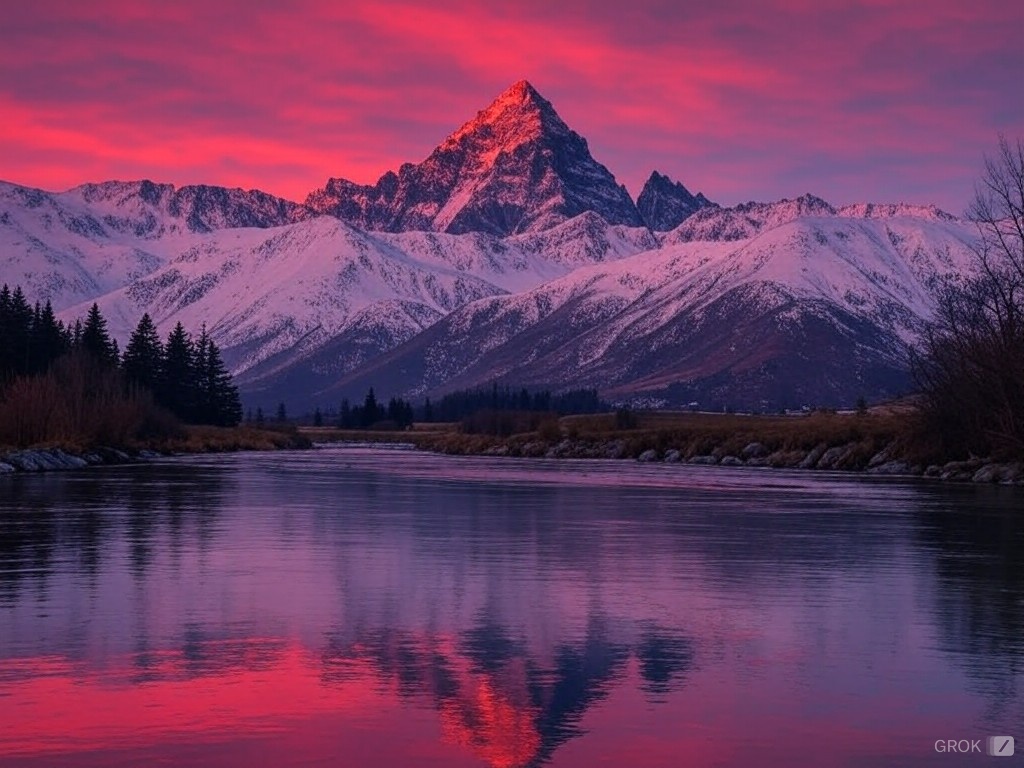Hey there! As someone who’s spent a fair chunk of my time navigating the labyrinth of level design, specifically in Unreal Engine, I’ve stumbled, tripped, and occasionally soared—metaphorically, of course! Let me take you on a bit of a whirlwind tour of what’s floating in the game dev world. You’ve probably felt the chill of dread, or the thrill of challenge when someone mentions Unreal Engine in relation to level design, right?
First things first, why Unreal Engine? It’s like asking why choose a Swiss knife at a camping trip; it’s versatile, powerful, and well, can be intimating—definitely not for buttering your toast, if you get what I mean. If you’ve ever opened Unreal Engine, you know what I’m talking about: that first moment is like stepping into a new world where everything seems possible but nothing is directly straightforward.
Contents
Starting Simple
Now, diving into Unreal Engine doesn’t mean you have to come out with the next big AAA title map right away. Let’s take it easy—think of it as sketching before painting. Start with the basic templates. Unreal presents you with these beautiful, complex, yet navigable preset environments. Walk around them, get a feel—heck, modify little elements. It’s like doodling on the margins of your notebook.
The Blueprint System
Next up, and here’s where a lot of folks get bogged down, is the Blueprint system. Now, listen—I know it can look a bit like trying to understand hieroglyphics at first. But trust me, once you get the hang of this visual scripting system, it’s your oyster! I remember scratching my head, spending nights just connecting nodes that looked like spaghetti dinners gone wrong. But, ah, the magic moment when things start clicking—literally and figuratively—is just unbeatable.
Lighting and Texturing—The Devil’s in the Details
Moving on to some of the finer points—lighting and texturing. These can make or break your level design. I mean, you could have an excellent layout, but if it’s lit like a dreary office on a Monday morning, well, who’s going to explore that, right? Play around with different lighting scenarios. Unreal Engine offers robust options that can mimic almost any lighting condition you can think of. And texturing—oh boy! The material editor is a playground for your creative mind. Experiment! Sometimes, I just slap different textures onto surfaces to see what sticks—it’s fun!
Personal Pitfalls and Triumphs
Quick digression—when I first started, I recall this one level where I decided to go all out with dynamic lighting. It looked awesome, or so I thought, until I realized my frame rates had plummeted to a slideshow presentation at a boring seminar. Lesson learned: always balance aesthetics with performance.
Still with me? Great, because we’re touching on something close to everyone’s heart—usability. Your level might be a masterpiece in terms of visuals, but if it plays like a maze designed by a particularly sadistic mind, no bueno. Player flow and logic are crucial. You want to craft experiences, guide your players subtly. Think about the signs in a mall or airport—they guide you without overwhelming you. Your designs should do the same.
And hey, here’s a thing—if any of this sounds intimidating, or if you’re nodding along thinking, “Yep, been there, struggled with that,” why not drop me a line? I’m always buzzing around, eager to chat about the nerdy granularities of game level design or to help untangle some Unreal snags you’ve hit. Just shoot an email over to [email protected] and let’s make magic happen in your game world!
Whether you’re knee-deep in game design, pondering over pivoting your career into this dynamic field, or simply curious about how game environments are stitched together, remember—exploration and persistence are your best pals. Let’s take those raw ideas and sculpt them into something play-worthy!
Looking forward to hearing from you soon. Let’s shape those virtual worlds together!
